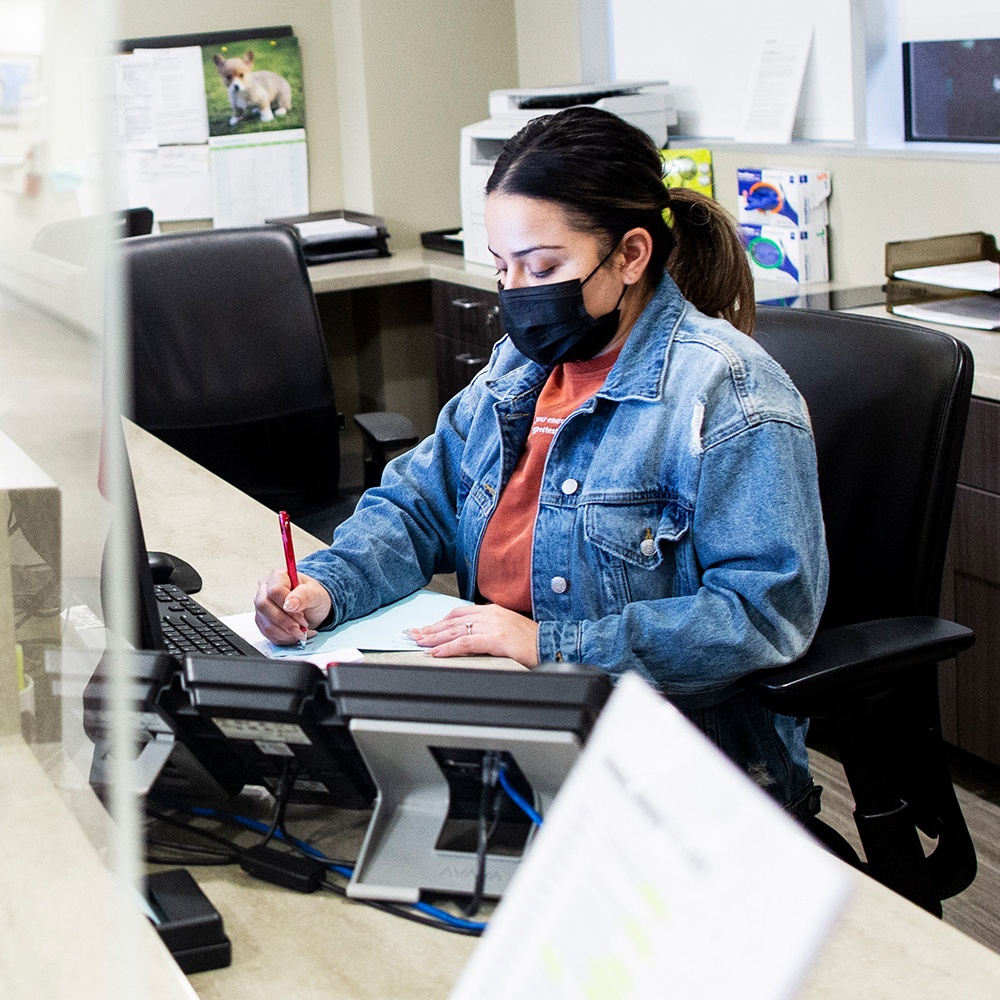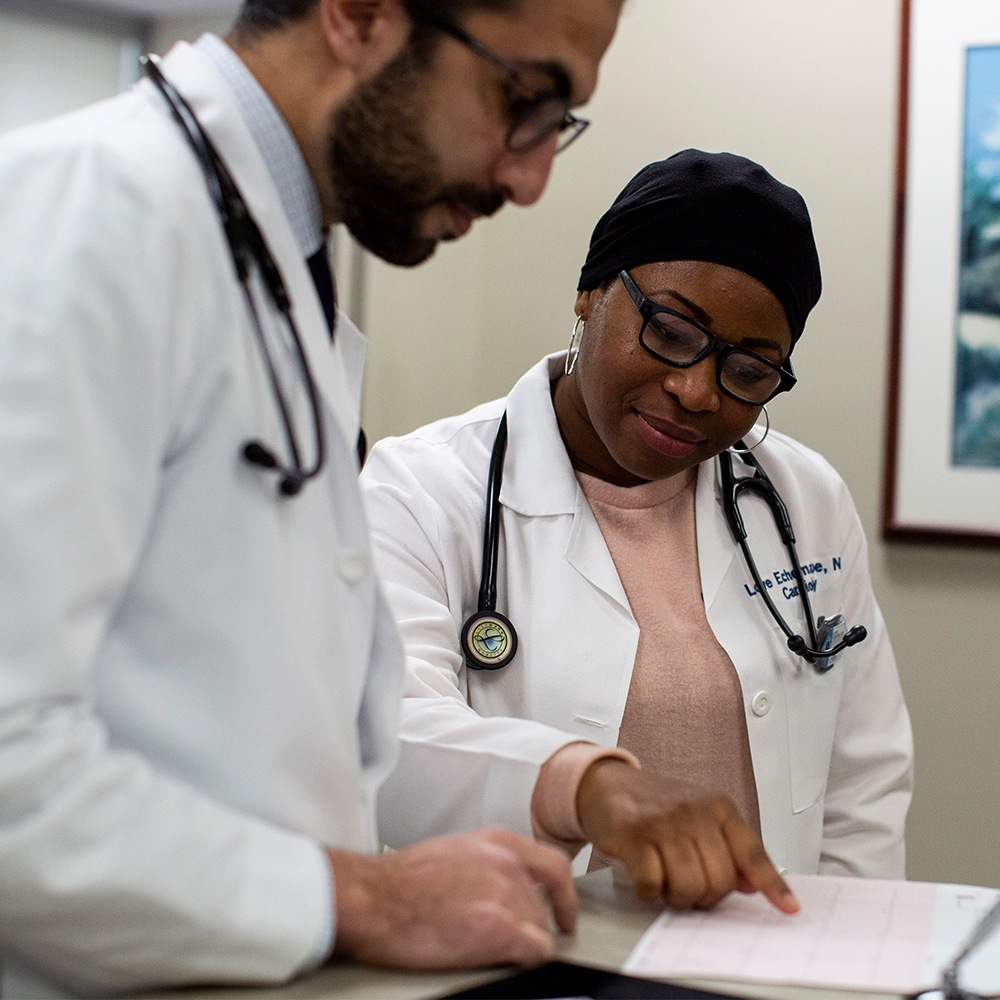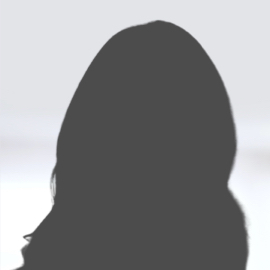Coronary Angiography

Overview
What is a Coronary Angiography?
A coronary angiography is a test using X-ray imaging to see if there are any blockages or narrowing of the arteries in your heart. This procedure helps your cardiologist diagnose, and treat, heart and blood vessel conditions by injecting a dye that is visible by X-ray. This can help your cardiologist check the blood flow in your heart and blood vessels, pinpoint where the blockages are located and how many coronary arteries are involved. A coronary angiography often leads your cardiologist to treat the clogged heart arteries discovered during the test by performing a procedure called coronary angioplasty.
Why
Why Coronary Angiography?
Your cardiologist may recommend you have a coronary angiography if you have:
- Chest pain or unstable angina.
- Pain in your chest, jaw, neck or arm.
- Abnormal results for a stress test.
- A heart valve that requires surgery.

Risks
Coronary Angiography Potential Risks and Complications
A coronary angiography is usually done after noninvasive tests such as an electrocardiogram (ECG), an echocardiogram or a stress test. Some risks of coronary angiography such as radiation exposure from the X-rays or an allergic reaction to the dye injected. Serious complications are rare, but may include:
- A heart attack or stroke.
- Injury to the catheterized artery
- Arrhythmia, which is irregular heartbeat.
- Excessive bleeding.
- Infection.
- Kidney damage.

Prep
Preparing for Coronary Angiography
More coronary angiography procedures are scheduled and performed in the catheterization lab of the hospital, but may also is done on an emergency basis. Your doctor will give you specific instructions to prepare such as:
Food & Drink
Don’t eat or drink anything after midnight
Medications
take your medications as your doctor has ordered
What to Expect
What to Expect During a Coronary Angiography
During the Procedure
- You’ll be given a mild sedative to help you relax, and you’ll be awake during the procedure.
- Your doctor will clean and numb the site where the catheter will be inserted. This is usually in the groin or arm.
- You may feel a slight burning sensation when the dye that allows your doctor to see where the blockage or narrowing is located.
- A guide wire is the inserted into the blockage and the catheter is then gently advanced over the guide wire to your heart and the blockage. You may feel a dull pressure when this is done.
- X-ray cameras will move over and around your head and chest and take many images from different angles.
- Based on what your doctor discovers your cardiologist may perform a coronary angioplasty to open up your arteries, including:
- Balloon angioplasty is where your doctor inflates a balloon several times at the point of the blocked or narrowed artery to push the plaque against the artery walls and allow more blood to flow to your heart.
- A stent may be placed into your artery, which will be left in your artery to keep it open
- A catheter with a laser at the end may be used to break up the plaque.
After the Procedure
After the catheter is removed and the incision closed, you’ll be in the recovery area for observation and monitoring. You may be able to go home after recovery or you may have to remain in the hospital overnight. Drink plenty of fluids to help flush the dye from your body. Your cardiologist will give you instruction for after care. You should avoid strenuous exercise or heavy lifting for several days. Your puncture site may be tender and you may have slight bruising. Be sure to contact your doctor if you have any concerns or questions.
Specialists




















